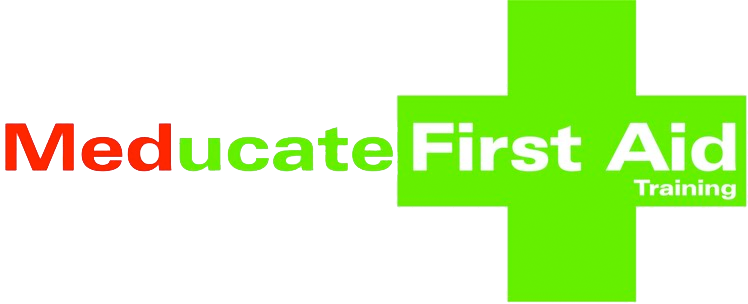Primary Survey vs Secondary Survey
Posted on 1st April 2022 at 15:59
This blog article details the differences between the first aid primary and first aid secondary survey.
First Aid Primary Survey vs First Aid Secondary Survey
When arriving at a scene where one or more persons may be injured, it is common to administer both a primary and secondary first-aid survey. These terms may sound complex to people unfamiliar with first aid. However, it is essential to be aware of what they entail in case of emergencies. To help you better understand the difference between a primary and secondary survey, we have made a comprehensive guide with the basics of both surveys.
What is a Primary Survey?
The primary survey is intended to help you accurately assess any immediate threats to the patient’s life. As suggested, the primary survey is the first thing that you should engage in as a responder to an emergency scene.
How Is Primary First Aid Survey Administered?
A primary first aid survey is most commonly administered using the acronym ‘DRABC.’
Danger - The first step of a primary survey is to assess the situation for danger. Potential sources of danger could be moving vehicles, sharp or protruding objects, or fire/smoke. Before moving on to the following steps, ensure there is no immediate danger to yourself or the patient.
Response - Once you have ensured no immediate danger is present, you need to assess if the patient is responsive. Ask the patient to respond to you -- this could be verbal or physical. If the patient doesn’t respond, try gently shaking or tapping them.
Airway - The next step of a primary source survey is to check the patient’s airways for any obstructions. First, check visually. Make sure to inspect the airway openings. Never put your fingers in the patient’s mouth since it could further push potential blockages. Make sure that any blockages you can see are cleared before moving on to the next step.
Breathing - Next, ensure that the patient is breathing normally. You can accomplish this by looking for visual signs such as chest movement or by listening for sounds of breathing. If the patient is not breathing on their own, engage in CPR and search for a defibrillator (AED).
Circulation/Compressions - The last step in a primary first aid survey is circulation or compressions, depending on the patient. If the patient is breathing on their own and bleeding, you should now try and control this bleeding. If the patient is not breathing on their own, start chest compressions at 100-120 compressions per minute.
What is a Secondary Survey?
The secondary survey should be completed after the primary survey has been completed. This survey should only be completed if any life-threatening injuries have been properly cared for or if none are present. Unlike the primary survey, the secondary survey usually has two main parts, a history, and a physical exam.
How is Secondary First Aid Administered?
To conduct the patient’s history, use the acronym ‘AMPLE.’
Allergies - Inquire if the patient has any allergies.
Medication - Inquire if the patient is taking any medication.
Past medical history - See if the patient has any relevant medical history.
Last meal - What was the last thing consumed by the patient?
Event history - What might have led up to the patient becoming injured?
To conduct a physical exam, start at the head of the patient and work your way down the body. Check for anything out of the ordinary and communicate with the patient about any areas that may be bothering them.
Conclusion and Differences
The main differences between a primary and secondary first-aid survey revolve around the order and process of the two surveys. A primary survey should always be conducted first and is designed to detect and further prevent life-threatening injuries. A secondary survey is designed to be conducted once the patient is relatively stable and includes fact-finding about what may have happened to the patient. In any emergency situation, be sure to contact the relevant emergency authorities before taking any personal action.
Take a meducate first aid training course here to learn more about first aid!
Share this post:


